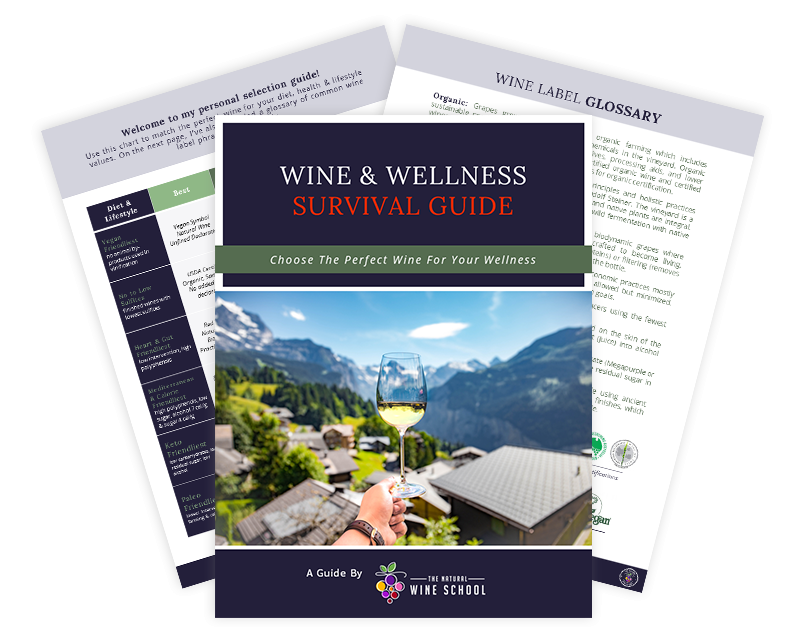Let's fix that!
Use these simple strategies on your next shopping trip or restaurant visit to
improve your chances of finding wines with lower or limited sulfites.
- Choose red wines over white. Red typically have lower levels of sulfites than white wines. Tannins and compounds from fermenting skins of red grapes act as natural preservatives and anti-oxidants.
- Select organic, biodynamic, and “natural” wines. They have the lowest sulfite levels. On French bottles, look for the phrase san souffre. Look for certifications or declarations of organic or biodynamic practices on the label.
- Pick European Union (EU) and Argentinian non-organic wines. They have lower sulfite levels by law than average US conventional wines.
- Wines from established quality wine regions use less added sulfites. Winemakers know sulfites alter the taste, aroma, and unique character of wines. Look for Estate wines, as well as those from a specific vineyard, to increase chances for lower sulfite wines.
What to avoid?
- Avoid low-cost wines. High volume, low-cost commercial producers use sulfites more liberally to correct quality issues and extend their shelf life. Think box wines or most wines under $10 (but not all - read the label for quality clues).
- Avoid sweet wines, especially whites. They have the highest levels of sulfites to preserve the wine from oxidization.
Note that "organic" wines have different levels of added
sulfites. Those with the USDA Organic seal have no additional
sulfites. Wines labeled "Made with Organic Grapes" or certified
organic can have up to 100 mg/L of additional sulfites.
Are these tips helpful? Other questions? Leave a comment I will be happy
to share more details.



